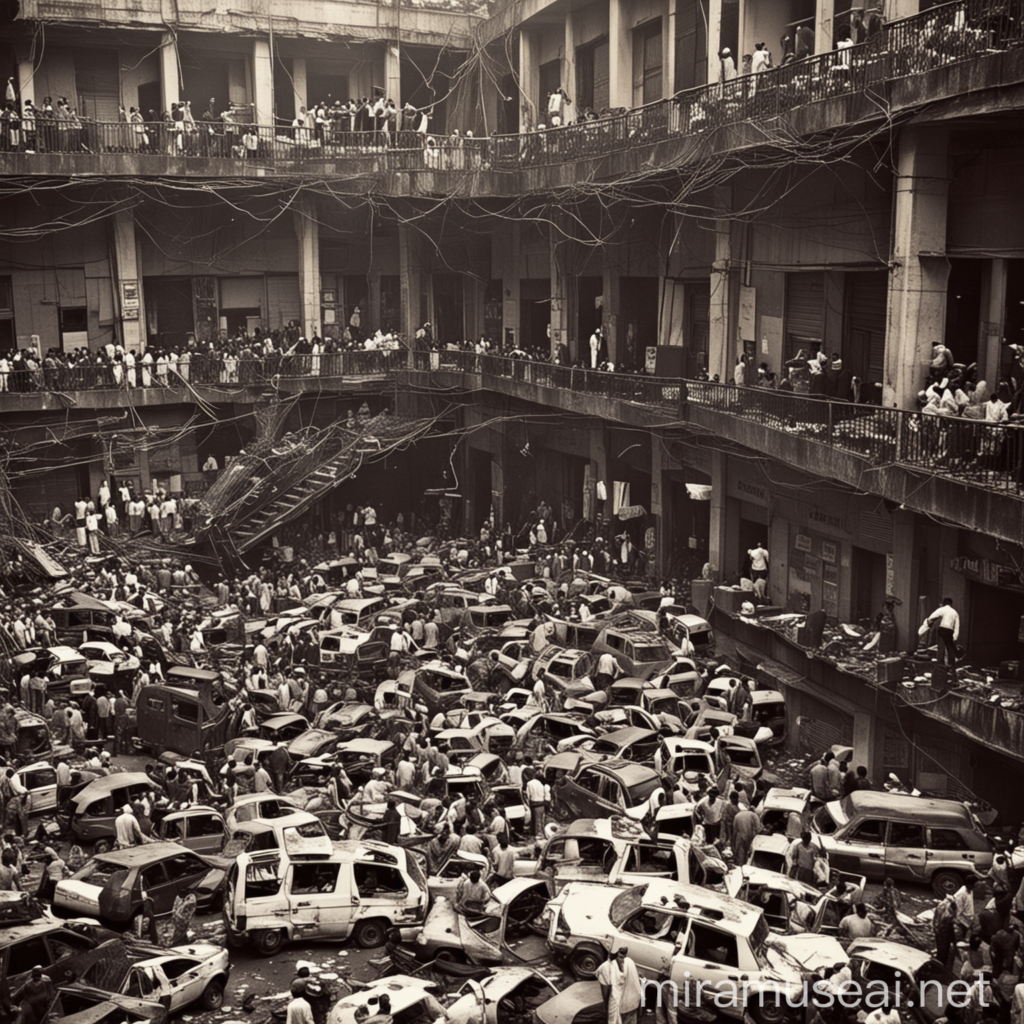Holi, often referred to as the “Festival of Colors,” is one of the most vibrant and joyous festivals celebrated by Hindus and communities across India and around the world. This ancient festival, rooted in Hindu mythology and cultural traditions, marks the arrival of spring, the triumph of good over evil, and the celebration of unity and diversity. In this comprehensive exploration, we delve into the historical and mythological origins of Holi, its cultural significance, traditional rituals, modern celebrations, and universal messages of joy, harmony, and renewal.
1. Historical and Mythological Origins:
1.1 Holika Dahan and Prahlad’s Triumph: Holi finds its roots in ancient Indian mythology, particularly the legend of Holika and Prahlad from the Hindu scriptures. According to the myth, the demon king Hiranyakashipu’s son, Prahlad, was a devotee of Lord Vishnu. Hiranyakashipu’s sister, Holika, who was immune to fire, attempted to kill Prahlad by sitting with him in a bonfire. However, Prahlad’s devotion protected him, and Holika was consumed by the flames. This event symbolizes the victory of good (Prahlad’s devotion) over evil (Holika’s arrogance).
1.2 Radha-Krishna Legends: In regions like North India, Holi is also associated with the playful and colorful antics of Lord Krishna, particularly his interactions with Radha and the gopis (cowherd girls). The tradition of playing with colors during Holi is said to be inspired by Krishna’s playful smearing of colored powders (gulal) on Radha and other devotees.
2. Cultural Significance and Themes:
2.1 Arrival of Spring: Holi heralds the arrival of spring, a season of renewal, blossoming flowers, and vibrant colors in nature. The festival’s timing, usually in March, corresponds to the end of winter and the onset of warmer days, symbolizing new beginnings, growth, and vitality.
2.2 Celebration of Unity and Diversity: Holi transcends social barriers, caste distinctions, and age differences, bringing people from all backgrounds together in a spirit of joy, laughter, and camaraderie. It promotes unity, forgiveness, and the breaking down of societal divides through shared celebrations.
2.3 Triumph of Good Over Evil: The mythological narratives associated with Holi highlight the eternal battle between righteousness and malevolence, emphasizing the eventual victory of goodness, truth, and devotion. The burning of Holika effigies during Holika Dahan represents the triumph of virtue over vice.
3. Traditional Rituals and Celebrations:
3.1 Holika Dahan (Choti Holi): The eve of Holi, known as Choti Holi or Holika Dahan, involves the lighting of bonfires to symbolize the burning of Holika and the triumph of good. People gather around these bonfires, sing religious hymns, perform rituals, and pray for blessings and prosperity.
3.2 Rangwali Holi (Dhulandi): The main day of Holi, known as Rangwali Holi or Dhulandi, is characterized by vibrant colors, music, dance, and exuberant celebrations. People play with colored powders (gulal) and water, applying them to each other’s faces and clothing with playful abandon. Water balloons, water guns (pichkaris), and singing traditional Holi songs (Holi ki Dhun) add to the festive atmosphere.
3.3 Feasting and Sharing Sweets: Holi is also a time for feasting on traditional sweets like gujiya, mathri, puran poli, and thandai (a special drink made with milk, nuts, and spices). Families and communities come together to share these delicacies, strengthen bonds, and exchange warm wishes.
4. Regional Variations and Cultural Diversity:
4.1 Lathmar Holi (Barsana and Mathura): In regions like Barsana and Mathura in North India, Holi takes on a unique form known as Lathmar Holi. Women playfully beat men with sticks (lathis), symbolizing Radha’s playful retaliation against Krishna and his friends. This tradition showcases gender dynamics, humor, and cultural heritage.
4.2 Rang Panchami (Maharashtra): In Maharashtra, Holi celebrations extend to Rang Panchami, observed five days after Holi. People play with colors and water, and communities organize cultural programs, processions, and folk dances during Rang Panchami festivities.
5. Modern Celebrations and Global Appeal:
5.1 Community Events and Public Gatherings: Modern Holi celebrations include community events, public gatherings, and organized parties where people of all backgrounds come together to enjoy the festive spirit. Cities across India and abroad host Holi festivals with live music, DJ performances, and cultural activities.
5.2 Cultural Exchange and Tourism: Holi has gained global recognition and attracts tourists from around the world seeking to experience India’s vibrant cultural traditions. Tourists and expatriates participate in Holi celebrations, learn about its significance, and immerse themselves in the kaleidoscope of colors and festivities.
6. Themes of Joy, Harmony, and Renewal:
6.1 Joyous Revelry and Laughter: Holi is synonymous with joy, laughter, and uninhibited revelry. The sight of people dancing, singing, and playing with colors evokes a sense of shared happiness, freedom, and spontaneity.
6.2 Harmony in Diversity: The festival’s inclusivity and ability to bring people of different backgrounds together promote values of harmony, acceptance, and cultural unity. Holi transcends religious boundaries, fostering mutual respect and understanding among communities.
6.3 Renewal of Relationships: Holi also signifies the renewal of relationships, forgiveness, and letting go of past grievances. People exchange greetings, seek blessings from elders, and reconcile differences, reinforcing bonds of love and friendship.
7. Environmental Considerations and Safety:
7.1 Natural Colors and Eco-Friendly Practices: In recent years, there has been a growing emphasis on using natural and eco-friendly colors derived from plant sources to reduce environmental impact and health risks. Traditional herbal colors like turmeric, beetroot, and marigold are preferred over synthetic dyes.
7.2 Water Conservation Awareness: Efforts are made to promote water conservation during Holi, encouraging responsible use of water and avoiding wasteful practices. Dry colors, water-saving pichkaris, and eco-friendly celebrations contribute to sustainable Holi festivities.
8. Educational and Cultural Significance:
8.1 School and Community Programs: Schools, colleges, and cultural institutions organize educational programs, workshops, and art competitions centered around Holi’s themes, history, and cultural heritage. These initiatives foster cultural pride, creativity, and intergenerational learning.
8.2 Preservation of Traditions: As Holi evolves with modern trends and global influences, efforts are made to






